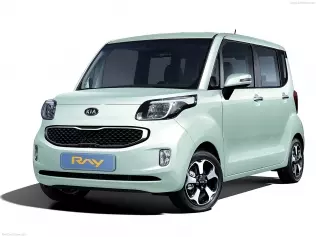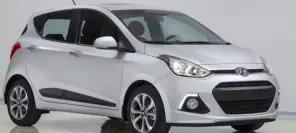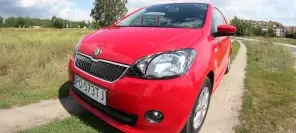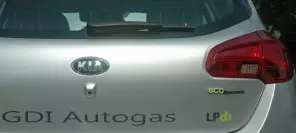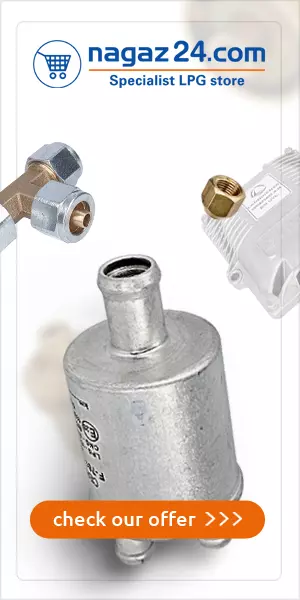- Main page
- Search
- Up to date
- Products
- Technology
- Vehicles
- Video
- Conversion Payback Simulator
Port Injection - Conversion Payback Simulator
Direct Injection - Conversion Payback Simulator
Diesel - Newsletter
Kia Ray LPi - beaming with savings
 loading results...
loading results...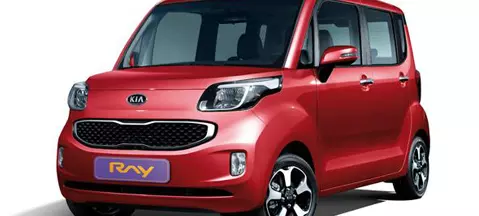 © Kia
© Kia Koreans, much like the Japanese, seem to have a general liking for microcars. The question is: is it a matter of taste or a call of necessity and common sense since this kind of cars are best suited for crowded Asian cities. Anyhow, engineers in the Far East have become masters in packing as much of a car as possible on the smallest available area. As simple as it gets and has something to do with skyscrapers: up is the way to go!
Had it not been for the friendly looking „face”, you might confuse the Ray – with its vertical sides and rear – with a monstrous shoebox on wheels. However, this boxy layout guarantees decent shoulde and head room for the driver and passengers. Now they do not have to cuddle due to lack of space, unless they wish to. Add to that fuel costs slashed by half thanks to an optional dedicated LPG system based on Vialle technology and you end up receiving a potentially perfect city car.
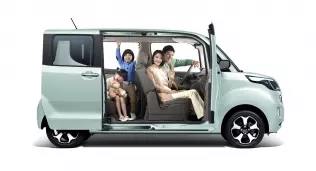 © Kia... and one regular and one sliding door on the other. Plus no B-pillar, which makes entering easier
© Kia... and one regular and one sliding door on the other. Plus no B-pillar, which makes entering easierThe common perception is that autogas best suits fuel-guzzling American cars, but a converted three-cylinder, 1-litre engine, like the one under the bonnet of the Ray, saves exactly the same proportion of money as a 6-litre V8, so why not? The Korean mini's motor, itself a member of Hyundai-Kia's Kappa engine family, has an MPI-type injection system, variable valve timing and four valves per cylinder. Thanks to this tech, a decent power of 78 PS has been squeezed out, along with a not-so-decent toque of 94 Nm. All this „motivation” is transfered to the front wheels through a 4-speed automatic gearbox. Breathtaking performance is not to be expected, but then a 3,6-metre long, 1-tonne car is a city commuter, not a gran turismo.
According to the manufacturer's data, the Ray consumes an average 5,8 l petrol per 100 km. Thanks to a fifth generation liquid-state injection LPG system, autogas consumption should be just a little more. The idea of buying a car with five seats (in practice, more of a 2+2 probably) that needs approximately 7 l of LPG per 100 km sounds plausible, but the privilege of getting one is available exclusively to residents of South Korea. Prices have been set at 12,4-14,95 mln wons (approx. 8100-9800 euros), the choice of the LPG system means a 1,3 mln won premium. The car, which is based on the Hyundai i10, is not coming to Europe any time soon (if ever), so let us hope Kia will rethink their decision concerning bringing the Picanto LPi to the Old Continent. We are quite sure there would be plenty of interest in it, as usual with fuel-sipping models.
Zobacz stronę producenta:
VialleYou may also find these interesting:
 loading results...
loading results...
